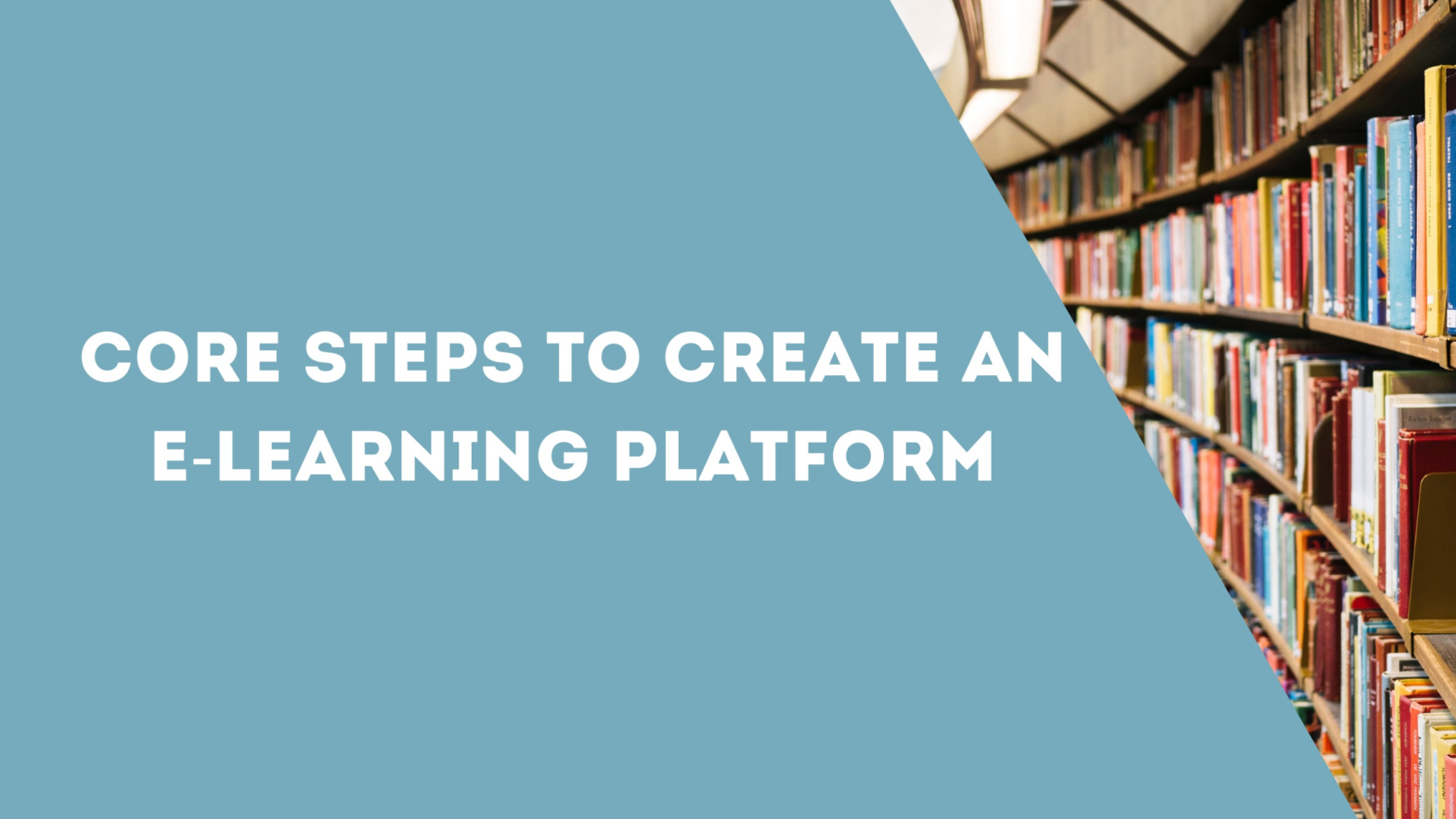Introduction
The digital age has ushered in a transformative era for education, with online learning emerging as a pivotal force. The allure of free courses and the convenience of acquiring knowledge from the comfort of one’s home have made online education an indispensable tool for professional development. From computer science to web development and data science, learners can now access a plethora of subjects tailored to their interests.
The Rise of Online Learning Platforms
Various e-learning websites have played a significant role in this educational revolution. Platforms like LinkedIn Learning offer specialized courses that equip individuals with creative skills and practical knowledge essential for the modern workforce. On the other hand, platforms dedicated to online courses provide comprehensive degree programs that rival traditional educational institutions. The ability to sell online courses has also opened avenues for educators to monetize their expertise.
Moreover, the rise of online course platforms has democratized education, making it accessible to all. Whether one is looking for video lectures from world-class universities or in-depth courses on personal development, these platforms cater to every need. The flexibility to learn at one’s own pace and the vast array of learning materials available have further solidified the significance of online education in today’s world.
The Basics of Creating an E-Learning Site

Why Create an E-Learning Platform?
In the digital age, the demand for online learning has skyrocketed. With the proliferation of online courses, individuals from all walks of life are seeking flexible and accessible means to further their education and acquire new skills. Whether it’s a student pursuing a master’s degree in computer science or a professional looking to delve into web development or data science, the appetite for knowledge is insatiable. Creating an e-learning service caters to this demand, offering a centralized hub where learners can access high-quality courses tailored to their needs.
The Potential Audience for E-Learning Platforms
Professionals Seeking Development: Many individuals, whether they’re in the realm of creative arts or technical fields, are on the lookout for professional development opportunities. Platforms like LinkedIn Learning have become go-to resources for these professionals.
Academic Students: From those pursuing degree programs to those looking for supplementary video lectures, students form a significant chunk of the e-learning audience.
Hobbyists and Enthusiasts: Be it personal development or learning a new craft, e-learning platforms cater to those pursuing passions outside their professional sphere.
Organizations and Enterprises: Companies are increasingly turning to online education to train their employees, making use of platforms that offer specialized courses and practical skills.
Benefits of Online Learning Platforms Over Traditional Learning Methods
Flexibility and Convenience: E-learning platforms allow learners to study at their convenience, be it through video courses or interactive modules. This self-paced learning approach is a stark contrast to the rigid schedules of traditional classrooms.
Diverse Course Offerings: From free courses to paid courses, e-learning platforms offer a plethora of subjects. Whether one is interested in online course marketplaces or specialized platforms, the options are vast.
Cost-Effective: Many platforms offer free online courses, and even the paid options are often more affordable than traditional education. Plus, there’s no added cost of commuting or purchasing physical course materials.
Global Access: One of the most significant advantages is the ability to tap into knowledge from around the world. Whether it’s a course from top online learning platforms or niche subjects, geographical boundaries no longer limit education.
Interactive Learning: Modern e-learning platforms incorporate interactive elements, from quizzes to simulations, enhancing the learning experience compared to traditional lecture-based methods.
In conclusion, the rise of e-learning platforms is a testament to the evolving educational landscape. As technology continues to advance, these platforms will undoubtedly play an even more significant role in shaping the future of education.
Best Online Learning Platform Examples – Starting Off on the Right Foot
The realm of online education has witnessed an unprecedented surge in recent years. With the increasing demand for flexible learning options, several online learning platforms have emerged, each offering a unique blend of courses, features, and pricing models. Let’s delve into some of the top platforms that have set the gold standard in the e-learning industry.
Coursera: A Comprehensive Learning Hub

Coursera stands out as one of the top online learning platforms, offering a vast array of online courses from prestigious universities and institutions. Whether you’re keen on diving into computer science, exploring the nuances of data science, or acquiring a master’s degree from a renowned university, Coursera has got you covered. The platform boasts a mix of free courses and specialized programs, ensuring learners of all budgets find value.
Udemy: Tailored Learning for Everyone
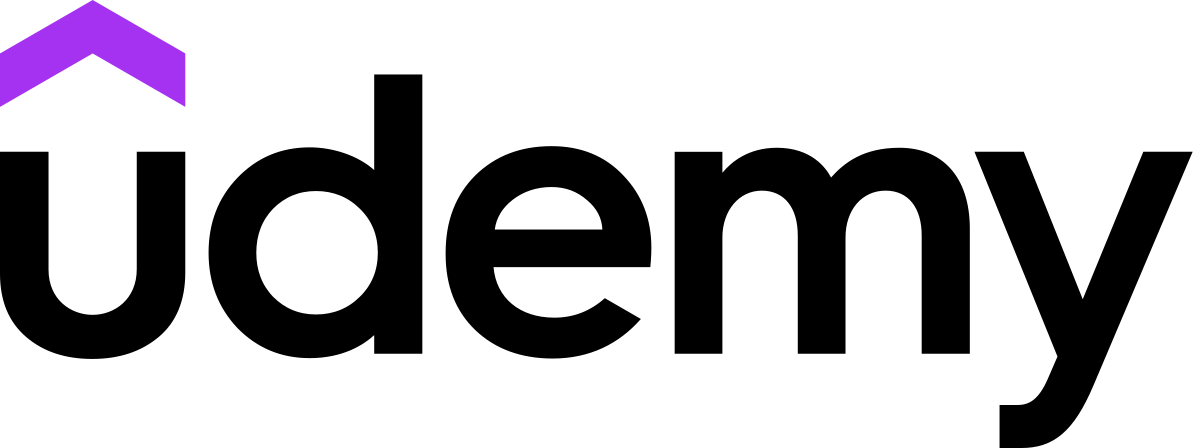
Udemy’s strength lies in its diverse course offerings. From business skills to computer programming, learners can access high-quality courses created by experts in the field. Udemy’s unique selling point is its pay-per-course model, allowing students to choose individual courses without committing to a subscription. This flexibility, combined with frequent discounts, makes Udemy a favorite among many.
SkillShare: Unleashing Creativity
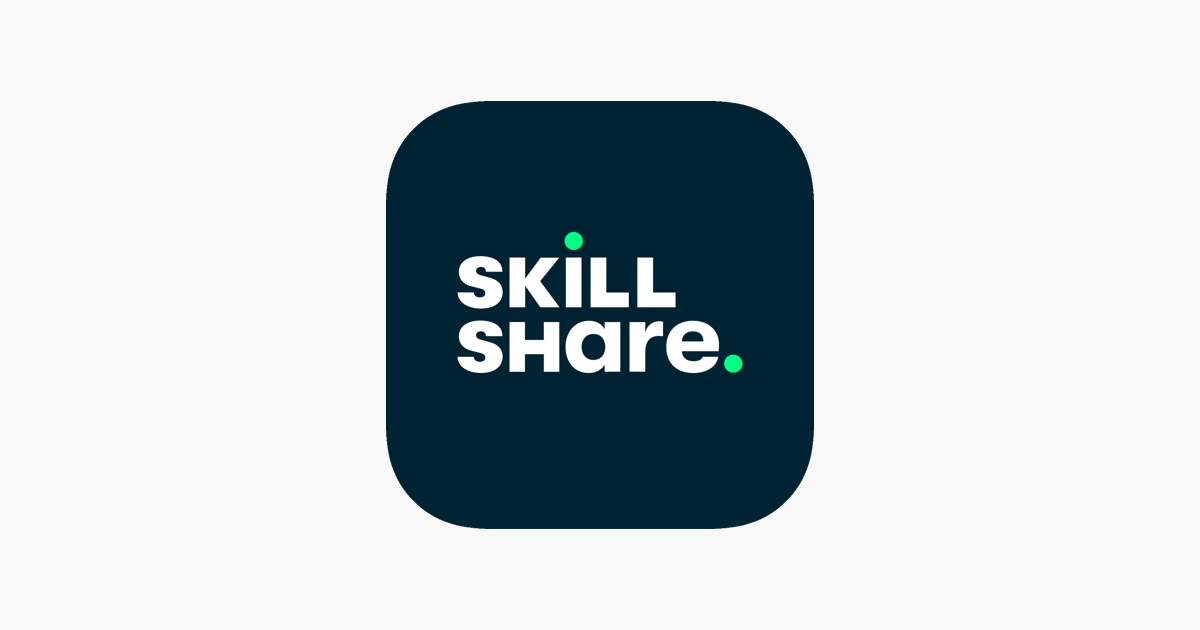
SkillShare is the go-to platform for creative professionals and enthusiasts. With a focus on interactive classes in design, photography, and more, SkillShare offers learners the chance to hone their creative skills. The platform operates on a subscription model, granting access to all its courses for a monthly or annual fee. Plus, they often offer a free trial, allowing users to test the waters before diving in.
MasterClass: Learning from the Masters
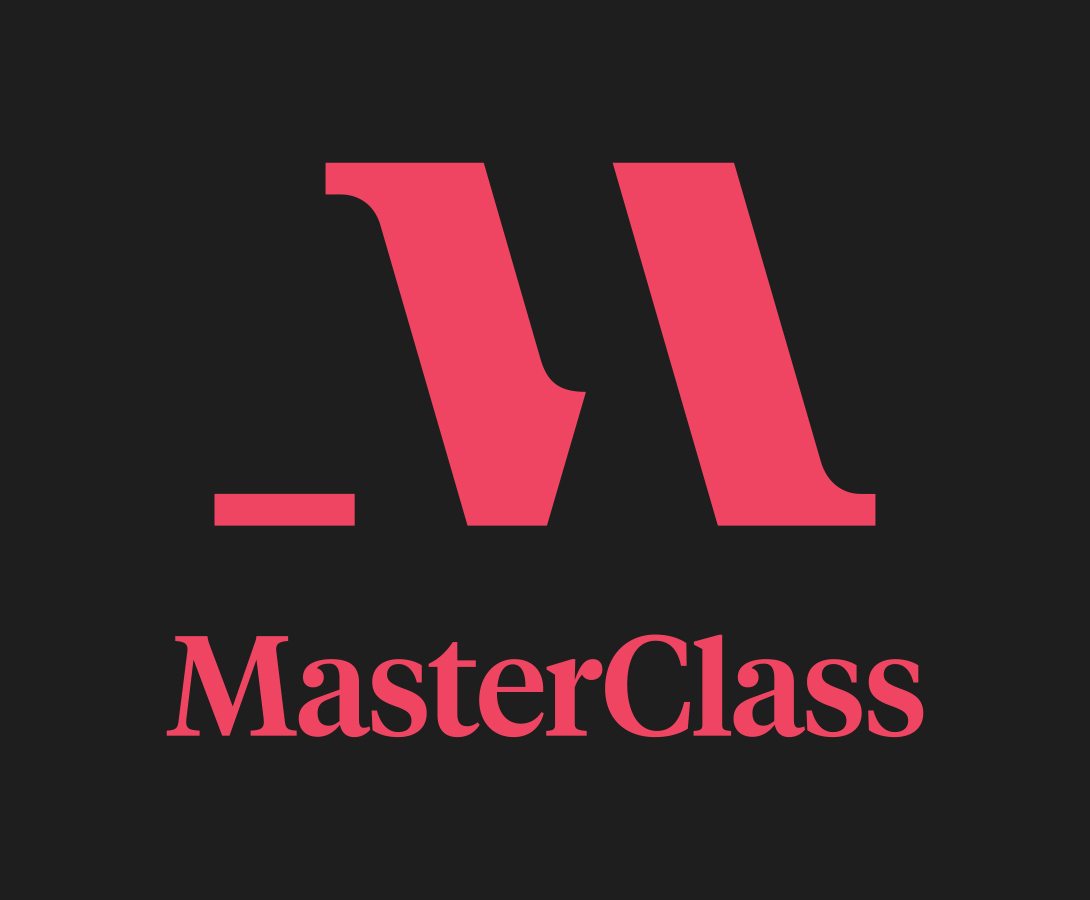
MasterClass offers a unique twist to the e-learning model. It provides courses taught by world-renowned experts in their respective fields. Whether you want to learn writing from Margaret Atwood or cooking from Gordon Ramsay, MasterClass offers exclusive insights from the best in the business. Each masterclass course is meticulously crafted, offering in-depth video lessons, assignments, and more.
LinkedIn Learning: Professional Development Redefined

LinkedIn Learning has carved a niche for itself by focusing on professional development. From course materials tailored for business to tutorials on software tools, the platform ensures professionals stay ahead of the curve. With a monthly subscription, users gain access to a vast library of courses, making continuous learning a breeze.
Pricing Models: Getting the Best Bang for Your Buck
Coursera Pricing: While many of Coursera’s courses are free, they also offer specialized programs and degrees at varying costs.
Udemy Business: Udemy’s courses come with a one-time fee, often accompanied by attractive discounts.
SkillShare Pricing: SkillShare operates on a subscription model, with both monthly and annual plans available.
LinkedIn Learning Pricing: A monthly subscription grants access to all courses, with the added benefit of integration with your LinkedIn profile.
MasterClass Pricing: MasterClass offers an annual subscription, granting unlimited access to all its celebrity-taught courses.
Choosing the right online learning service is crucial to ensure a fruitful learning experience. Whether you’re a student, a professional, or someone looking to acquire new skills, platforms like Coursera, Udemy, SkillShare, and MasterClass offer a plethora of options tailored to your needs. As the world continues to embrace online learning, these platforms are set to play an even more significant role in shaping the future of education.
Harnessing the Power of Diverse Course Offerings

In the vast realm of online education, there’s a diverse range of platforms catering to different learning needs. While some platforms like Khan Academy primarily focus on offering a wide array of subjects, ensuring that learners have access to the most courses possible, others have carved out niches, providing specialized expertise in particular fields.
For instance, platforms dedicated to coding and technology might offer deep dives into topics like Python programming or data analytics. On the other hand, platforms centered around the arts might provide courses on music theory, digital design, or creative writing. This diversity ensures that learners can find platforms tailored to their specific interests and goals.
For educators and content creators, this presents a unique opportunity. By understanding the gaps in the market and the needs of potential learners, they can craft their own courses that cater to specific niches, ensuring both quality and relevance. This not only helps in attracting a dedicated learner base but also in establishing oneself as an authority in a particular domain.
Incorporating a mix of comprehensive and specialized content can be the key to a platform’s success. By offering a broad range of subjects while also providing detailed courses in specific areas, platforms can cater to both casual learners and those seeking expert knowledge.
The Difference Between Online Learning Platforms, Course Platforms, and LMSs

In the vast landscape of online learning, there are several tools and platforms available, each designed to cater to specific needs. Among these, Online Learning Platforms, Online Course Platforms, and Learning Management Systems (LMSs) are the most prominent. Understanding the distinctions between them is crucial for anyone looking to venture into the e-learning domain, whether as a learner, educator, or entrepreneur.
Definitions and Distinctions
Online Learning Platforms: These are comprehensive platforms that offer a wide range of online courses across various subjects. Examples include Coursera and Khan Academy. They provide learners with access to course materials, video lessons, and other resources, often from prestigious institutions or renowned educators. Some platforms might offer free courses, while others might charge a fee.
Online Course Platforms: These platforms focus primarily on allowing educators and experts to create courses and sell them to interested learners. Platforms like Udemy fall into this category. They provide tools for course creation, marketing, and monetization, enabling educators to reach a global audience. Whether it’s a course on computer science or life skills, these platforms cater to a wide range of subjects.
Learning Management Systems (LMSs): LMSs are more institutional and organizational in nature. They are platforms that institutions or companies use to manage and deliver educational content to their students or employees. Features might include tracking progress, assessments, and providing online training modules. Examples include Blackboard and Moodle.
Importance of Choosing the Right Platform for Your Needs
Purpose and Goals: Before diving into the world of e-learning, it’s essential to identify your objectives. Are you looking to learn new skills? Or are you an educator aiming to share your knowledge and earn from it? Your goals will determine the platform that’s best suited for you.
Content and Course Offerings: If you’re a learner, consider the type of content you’re interested in. Whether it’s free online courses in multiple languages or specialized training programs, ensure the platform offers what you seek.
Flexibility and Accessibility: Platforms that offer a free trial or have mobile applications can enhance the process of learning, allowing users to learn at their convenience.
Monetization and Business Model: For educators and institutions, understanding the business model of a platform is crucial. Some might charge a fee for hosting courses, while others might take a percentage of the course sales.
Features and Tools: Depending on your needs, you might require specific tools. For instance, if you’re an educator, tools for course creation, assessments, and analytics might be essential. On the other hand, learners might prioritize platforms offering video tutorials, forums, and interactive content.
In the ever-evolving domain of online education, choosing the right platform can make all the difference. Whether you’re a student, a professional looking to upskill, or an educator aiming to reach a global audience, understanding the nuances of Online Learning Platforms, Online Course Platforms, and LMSs is the first step towards a fruitful e-learning journey.
Key Features of an Effective E-Learning Site

The digital transformation of education has led to the proliferation of e-learning platforms, each vying for the attention of learners worldwide. However, not all platforms are created equal. The success of an online learning platform hinges on its features, which enhance the user experience and facilitate effective learning. Here are some of the key features that set apart the best online learning platforms from the rest:
1. User-Friendly Interface
The first impression is often the last, especially in the digital realm. A clean, intuitive, and user-friendly interface ensures that learners can navigate the platform with ease. Whether they’re enrolling in online courses, accessing free tutorials, or exploring course marketplaces, a seamless user experience is paramount. Platforms like Khan Academy have set the benchmark in this regard, offering a clutter-free and intuitive interface.
2. Mobile Compatibility
In today’s fast-paced world, learning on the go has become the norm. An effective e-learning site must be mobile-compatible, ensuring that learners can access online lessons, free courses, and other learning resources from their smartphones or tablets. This feature not only enhances accessibility but also caters to the modern learner’s lifestyle.
3. Interactive Content and Multimedia Integration
Engagement is the key to effective learning. Incorporating interactive content, such as quizzes, simulations, and multimedia elements like videos and animations, can significantly enhance the learning experience. For instance, platforms that offer computer science courses can integrate coding simulators, allowing learners to practice as they learn.
4. Social Media Integration
In the age of social media, integrating platforms like Facebook, Twitter, and LinkedIn can amplify the reach of an e-learning site. Learners can share their achievements, such as completing a professional certificate or acing a free trial course, with their network. This not only boosts engagement but also adds a social dimension to the learning process.
5. Gamification and Reward Systems
Gamification involves incorporating game-like elements into the learning process. By introducing points, badges, leaderboards, and other reward systems, platforms can motivate learners to stay engaged and complete their courses. This approach taps into the human psyche’s love for competition and rewards, making the process of learning more enjoyable.
6. Personalized Learning Paths
Every learner is unique, with distinct learning needs and preferences. An effective e-learning platform offers personalized learning paths, tailoring the content to suit individual requirements. Whether a learner is keen on diving deep into university courses or exploring a plethora of free online resources, personalized paths ensure they get the most out of their learning journey.
Building an effective e-learning site goes beyond just course creation. It’s about crafting a holistic learning experience, one that caters to the diverse needs of modern learners. By incorporating the features mentioned above, platforms can ensure they offer value, engagement, and a seamless learning journey to their users. As the world continues to embrace online learning, these features will play a pivotal role in determining the success of e-learning platforms.
Scrile Connect: The Comprehensive Solution for Content Monetization

In the rapidly evolving digital landscape, the demand for platforms that allow content creators to monetize their expertise has surged. Amidst this backdrop, Scrile Connect emerges as a beacon of innovation and efficiency. Let’s delve deeper into what makes Scrile Connect the go-to solution for those aiming to monetize their content, especially in the realm of online learning.
Overview of Scrile Connect and its Significance
Scrile, with its 20+ years of experience in software development, has always been at the forefront of technological innovation. Recognizing the shift towards online education and the need for content creators to have a platform where they can directly monetize their audience, Scrile introduced Connect. This comprehensive SaaS solution is designed for rapid deployment of content monetization websites, mirroring the successful business models of platforms like Patreon and Ko-fi. It’s not just about offering courses; it’s about creating a holistic ecosystem where educators and learners converge, and value is exchanged seamlessly.
Key Features of Scrile Connect
Subscriptions/Memberships: Allows creators to offer tiered access to their content, from free classes to premium courses.
Feed with Paid Posts: A dynamic feed where creators can post content, with the flexibility to set posts as free or paid.
Paid Messaging: Direct communication channels where creators can charge for personalized interactions.
Pay-per-minute Calls and Live Streams: Real-time engagement tools that facilitate interactive learning sessions, reminiscent of classroom experiences.
Admin Dashboard: A centralized control panel for creators to manage content, track earnings, and interact with their audience.
Built-in Billing System: An integrated financial system ensuring secure transactions, be it for a free trial or a comprehensive online course.
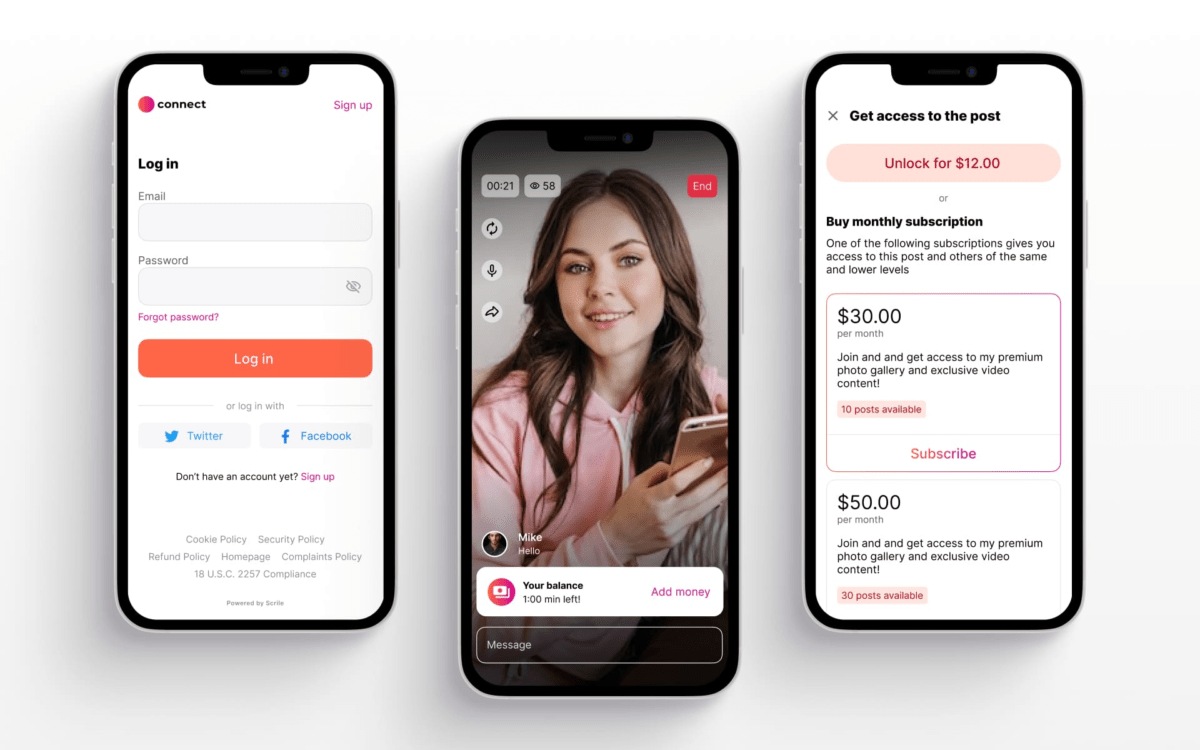
Benefits of Using Scrile Connect for E-Learning Platforms
Tailored for Monetization: Unlike generic online learning sites, Scrile Connect is built with monetization at its core, ensuring creators have all the tools they need to generate revenue.
Flexibility and Customization: From offering a single online course to a series of courses focusing on specific niches like Khan Academy’s approach, the platform is versatile.
Robust Support: Scrile’s commitment doesn’t end with product delivery. They believe in forging long-term partnerships, offering continuous support and enhancements.
Integration with Existing Solutions: Whether you already have an online teaching platform or are starting from scratch, Scrile Connect can be seamlessly integrated, ensuring a cohesive user experience.
Integration Possibilities with Existing Solutions
Scrile’s expertise isn’t limited to just ready-made solutions. Their seasoned developers can integrate all the required features for your learning platform on demand and in a short time. Whether you’re looking to incorporate a learning management system, want to offer free online resources, or aim to create a comprehensive course marketplace, Scrile has got you covered. Their client-centric approach ensures that the solutions delivered are in line with your business goals and audience needs.
In the realm of online education, where the competition is fierce, having a platform that stands out is crucial. Scrile Connect, with its array of features and the backing of Scrile’s two decades of IT expertise, offers a compelling solution for content creators and educators. Whether you’re an individual educator offering specialized college courses or an institution aiming to digitize your entire curriculum, Scrile Connect provides the tools and support to make your vision a reality.
6 Steps to Create an E-Learning Website

Creating an e-learning platform is a multifaceted endeavor, requiring a blend of technological know-how, educational insights, and marketing acumen. As online learning continues to gain traction, there’s a growing demand for platforms that offer high-quality, accessible education. Whether you’re aiming to offer free courses or a comprehensive curriculum, the following steps will guide you in creating a successful e-learning platform.
1. Market Research and Target Audience Identification
Before diving into the development phase, it’s crucial to understand the landscape of online education. Conduct thorough market research to identify:
Current Trends: What subjects or courses are in demand? Are there trends like Khan Academy’s approach that you can emulate or improve upon?
Competitive Analysis: Who are the major players in the online learning space? What do the best online learning sites offer that sets them apart?
Target Audience: Who are you aiming to serve? Whether it’s professionals seeking further training or students looking for supplementary resources, understanding your audience is paramount.
2. Choosing the Right Technology Stack
The backbone of any e-learning platform is its technology. Consider:
Platform Type: Do you want a web-based platform, a mobile app, or both?
Learning Management System (LMS): Systems like Moodle or Blackboard can help manage and deliver educational content.
Interactive Features: Live chats, forums, and quizzes can enhance the learning experience.
Monetization Tools: If you’re offering premium content or online degree programs, you’ll need secure payment gateways.
3. Designing the User Experience
A user-friendly interface is paramount. Focus on:
Intuitive Navigation: Users should easily find courses, resources, and support.
Responsive Design: Ensure your platform is accessible on various devices, especially given the rise of mobile learning.
Engaging Layout: Use visuals, infographics, and interactive elements to keep users engaged.
4. Content Creation and Curation
The heart of your platform is its content. Ensure you:
Offer Diverse Content: From video lectures to downloadable resources, variety is key.
Maintain Quality: Whether it’s a free online tutorial or a comprehensive course, quality should never be compromised.
Update Regularly: The world of online education is dynamic. Regularly update your content to stay relevant.
5. Testing and Launching the Platform
Before going live:
Beta Testing: Invite a select group of users to test the platform. Gather feedback and make necessary adjustments.
Technical Checks: Ensure all features, especially the LMS, work seamlessly.
Content Review: Double-check all the courses and resources for accuracy and relevance.
6. Marketing and Promotion Strategies
Once your platform is live, it’s time to attract users:
SEO and SEM: Optimize your platform for search engines to increase visibility.
Social Media: Platforms like Facebook and Twitter can help spread the word about your courses.
Partnerships: Collaborate with institutions or educators to expand your offerings and reach.
Offer Incentives: Free trials or discounted rates can attract initial users and generate buzz.
Creating an e-learning platform is a significant undertaking, but with the right approach, it can be a rewarding endeavor. By understanding the market, leveraging the right technologies, and focusing on user experience and quality content, you can establish a platform that stands out in the burgeoning world of online education. Whether you’re aiming to offer a single course or a comprehensive curriculum, following these steps will set you on the path to success in the digital learning realm.
Monetization Strategies for E-Learning Platforms

In the digital age, e-learning platforms have emerged as a dominant force in the educational landscape. With the increasing demand for online education, there’s a significant opportunity for platform owners to generate revenue. However, monetizing an online learning platform requires a strategic approach. Here are some of the most effective monetization strategies for e-learning platforms:
Subscription Models
Recurring Revenue Stream: Subscription models offer a consistent and predictable revenue stream. Users pay a recurring fee, usually monthly or annually, to access the platform’s content.
Tiered Access: Offer multiple subscription levels. For instance, a basic subscription might offer access to a limited number of courses, while a premium subscription could unlock all courses and additional resources.
Free Trials: Offering a free trial period can attract users to your platform. Once they experience the value of your content, they’re more likely to convert to a paid subscription.
Benefits: Subscription models can foster loyalty, as subscribers are more likely to stick around and explore more content, ensuring a steady income for the platform.
Selling Online Courses and Memberships
Individual Course Sales: Allow users to purchase individual courses. This is particularly effective for specialized courses or those offering certification.
Bundled Courses: Offer bundles of related courses at a discounted rate. For instance, a bundle on computer programming might include individual courses on Python, Java, and C++.
Memberships: Instead of selling individual courses, offer memberships that provide access to multiple courses or exclusive content. This can be especially effective for platforms that regularly update or add new content.
Affiliate Marketing and Partnerships
Course Affiliates: Partner with educators or institutions. When they promote your platform’s courses and drive sales, offer them a commission.
Tool and Resource Affiliates: Many online courses require additional tools or resources, like software or books. Partner with companies that provide these tools and earn a commission for every sale made through your platform.
Collaborative Courses: Collaborate with industry experts or institutions to create exclusive courses. Share the revenue generated from these courses.
Advertising Opportunities
On-Platform Ads: Display ads on your platform. Use targeted advertising based on the user’s course preferences or search history to increase click-through rates.
Sponsored Content: Allow educators or institutions to sponsor content. For instance, a software company might sponsor a course on how to use their product.
Affiliate Links in Course Materials: If a course mentions specific tools, books, or resources, use affiliate links. Every time a user makes a purchase through these links, you earn a commission.
Monetizing an e-learning platform requires a mix of strategies tailored to the platform’s content, audience, and goals. Whether it’s through subscriptions, course sales, affiliate marketing, or advertising, the key is to provide genuine value to users. As the demand for online education continues to grow, platforms that offer high-quality content and a seamless user experience will be best positioned to capitalize on these monetization opportunities.
Challenges in Building an E-Learning Website and How to Overcome Them

The e-learning industry has witnessed exponential growth in recent years, with more individuals and institutions recognizing the benefits of online courses. However, building a successful online learning platform is not without its challenges. Here’s a look at some of the most common obstacles faced by platform developers and effective strategies to overcome them:
Technical Challenges
Infrastructure: Building a robust and scalable infrastructure is crucial. An e-learning platform must handle thousands of users simultaneously, stream videos without lag, and provide a seamless experience.
Solution: Invest in high-quality hosting solutions and ensure that the platform is optimized for speed and performance. Regularly monitor server health and be prepared to scale resources as the user base grows.
Security: Protecting user data and course content is paramount. Breaches can lead to loss of trust and potential legal repercussions.
Solution: Implement advanced security protocols, regularly update software components, and conduct periodic security audits. Ensure that user data is encrypted and that the platform complies with data protection regulations.
Content Quality Assurance
Standardization: With many courses on the platform, maintaining a consistent quality and format can be challenging.
Solution: Develop a set of guidelines for course creation. This can include video quality standards, content structure, and assessment methods. Regularly review and update these guidelines.
Plagiarism: Ensuring that all content is original and not copied from other sources is essential.
Solution: Use plagiarism detection tools and encourage course creators to cite their sources. Establish strict penalties for those who violate copyright rules.
Engaging and Retaining Users
User Engagement: With the plethora of free online resources available, keeping users engaged and motivated can be challenging.
Solution: Incorporate interactive elements like quizzes, peer discussions, and assignments. Gamify the learning process by introducing badges, leaderboards, and certificates.
Retention: Ensuring that users return to the platform and continue their learning journey is crucial for long-term success.
Solution: Offer personalized course recommendations based on user preferences and browsing history. Send regular email updates highlighting new courses, upcoming webinars, or relevant industry news.
Staying Updated with the Latest Trends and Technologies
Evolving Educational Landscape: The world of education is constantly evolving, with new teaching methodologies, tools, and technologies emerging regularly.
Solution: Stay connected with the educational community. Attend conferences, webinars, and workshops. Collaborate with educators and industry experts to understand the latest trends.
Technological Advancements: As technology advances, users expect more sophisticated features and a better user experience.
Solution: Regularly update the platform’s technology stack. This might include integrating new tools, improving the user interface, or incorporating emerging technologies like augmented reality or artificial intelligence.
Building an e-learning platform is a complex endeavor that requires a strategic approach, technical expertise, and a deep understanding of the educational landscape. By recognizing the challenges and proactively addressing them, platform developers can create a robust, user-friendly, and valuable resource for learners worldwide.
Conclusion

The Future of E-Learning
The digital revolution has transformed the way we learn, and the rise of the online learning platform is a testament to this shift. With the convenience of accessing many courses from anywhere in the world, e-learning has democratized education, making it accessible to all. The potential growth of this industry is immense, especially as technology continues to evolve, offering even more advanced and interactive ways to consume content. The best online learning platforms of the future will seamlessly integrate with our daily lives, providing free online resources and a plethora of courses tailored to individual needs.
A Call to Entrepreneurs
For entrepreneurs, the e-learning industry presents a golden opportunity. The demand for quality online education platforms is on the rise, and there’s a vast audience eager for innovative solutions. Whether you aim to create courses, develop an online course platform, or provide free learning resources, there’s a space for you in this burgeoning sector. With dedication, innovation, and a keen understanding of the market’s needs, you can make a significant impact, shaping the future of education and fostering a global community of lifelong learners.
Take the Next Step with Scrile Connect
Ready to make your mark in the e-learning industry? Don’t navigate the journey alone. Contact Scrile Connect today and let us help you build a state-of-the-art online learning service tailored to your vision and goals. Together, we can shape the future of online education.
FAQ
What is an online learning platform?
It is a digital environment where educators can create courses, and students can access and engage with educational content. These platforms often provide tools for interactive learning, assessments, and communication between learners and instructors.
How does an online learning platform differ from an online education platform?
While both terms are often used interchangeably, an online learning service primarily focuses on the delivery and management of courses and content. In contrast, an education platform might encompass broader educational tools and resources, including forums, research databases, and more.
I want to create courses for a niche subject. Can I do that on any online learning platform?
Absolutely! Many online learning platforms allow educators to create courses on a wide range of topics. Whether you’re teaching a mainstream subject or a niche one, there’s likely a platform suited to your needs.
Are online classes as effective as traditional classroom learning?
Online classes offer flexibility and convenience that traditional classrooms can’t match. With the right platform and well-designed content, online learning can be just as effective, if not more so, than traditional methods.
With so many courses available online, how do I ensure my content stands out?
Focus on quality, interactivity, and continuous updates. Engaging content, real-world applications, and regular feedback from learners can help your courses stand out in a crowded market.
Read also
How to Integrate Video Conferencing: A Step-by-Step Guide
Learn how to integrate video conferencing into your platform with this step-by-step guide, enhancing communication and collaboration capabilities.
How to Build a Dating Website: Comprehensive Guide
Discover a comprehensive guide to building a dating website, covering planning, design, development, and launch strategies for success.
Webcam Video Quality Improvement: Tips and Techniques
Explore tips and techniques to improve your webcam video quality, ensuring a professional and engaging experience for your viewers.
Farmers Safe Driving App: Enhancing Road Safety
Discover how a Farmers Safe Driving App can enhance road safety, with features designed to encourage safe driving habits and reduce accidents.
